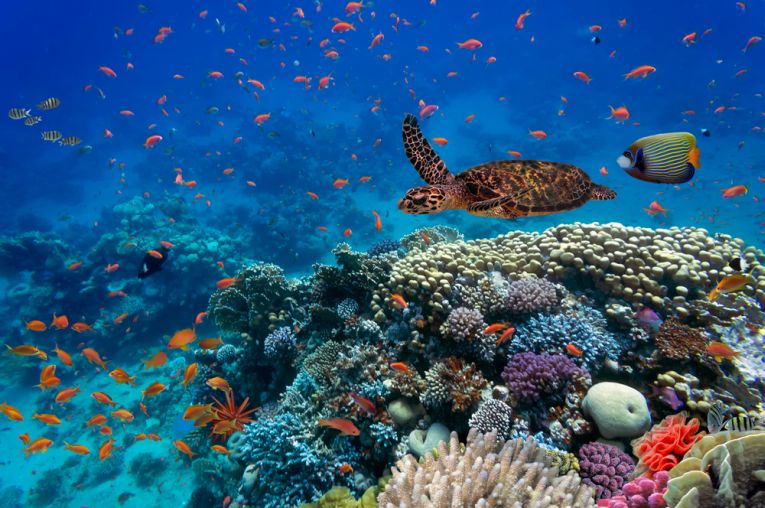The Research Council of Norway.barely makes the headlines in normal circumstances. Using the “edicts” of the UN Convention on Biological Diversity in South Korea this year (known as GBO-4), they have just made a clarion call for integrated research into our environments.
Their director of the Department for Land-based Bioresources and Environmental Research, Vidar Skagestad., believes this will enhance our understanding of the environmental and climate challenges
. As far as he is concerned this means talking a broader and more integrated approach to research.
The biodiversity loss from which we all suffer is as serious as the more obvious climate problems. Ecosystem services is the new in-phrase, as more and more is discovered about how we benefit from the most obscure ecological connections with ourselves and others. Our continued destruction and degradation of natural habitat, driving extinction, means much less carbon storage and the loss of water from natural systems as well as our own. Our recent story on carbon emissions from tropical forests shows possibly the most prominent example, but Arctic and many other peat bogs must also be regarded as strategic.
Norway itself used to have 10% of its land covered by peat, 2 centuries ago, but like the rest of Europe, ditches and draining have left little of these rich carbon deposits. Professor Dag O. Hessen of the University of Oslo takes these as his example. They are an immense carbon sink, and they also function like a sponge to absorb large amounts of water. Peatlands can prevent flooding, and after the most recent floods it's easy to understand what an important function that is
, he stated at the meeting. Increasing temperatures in Norway are affecting aquatic biodiversity in mighty ways, according to his personal research. Our Red Sea example in the photograph is also liable to warming, with huge loss of habitats.
Of course, peat is not the only land to provide us with goods and services. Forest, both in the cold and coniferous north and in the equatorial heat, can provide magnificent biodiversity and sheltering amelioration of both temperature and humidity. The whole climate naturally depends on this enormous land area covered in trees. Not only animals, humans and plants rely on that service. Equally, the oceans and the freshwaters influence our whole world. Without their diverse species and vast influence on the atmosphere, we landlubbers can only despair of our faltering climate and food supplies.
Each nation, large or small, organising its science, technology and policies in ways designed to account for climate change and biodiversity? The thought of Norway’s example should be politically useful to many, but meanwhile, our numerous articles on biodiversity are here, while climate change seems to influence most of our work recently, just as the Norwegians were saying.










